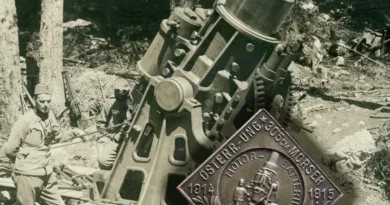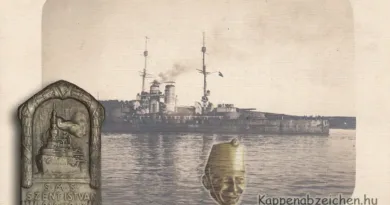M 15 7,5 cm mountain cannon
The light mountain cannon developed in the Skoda works in Pilsen between 1911 and 1914 was in service in the Monarchy from April 1915. The specialty of the mountain cannon was primarily the possibility of disassembly and lighter weight. The cannon with a total weight of 613 kg could be broken down into seven pieces, and the components were transported with the help of 4-6 soldiers or one mule each. The backward slip was performed by a hydraulic brake and the forward slip by a spring-loaded slider. It was operated by 6 service personnel during firing. Blast grenades or shrapnel grenades could be fired with the cannon at a distance of up to 8 km. Its practical rate of fire was 6-8 shots per minute. The cannon barrel could be moved at an angle of -9 and + 50 degrees.
Of this type of cannon, 1,812 were produced, the most 860 pieces in 1917. The weapon was used by the mountain artillery regiments. Of these, 14 were present in 1914 and 28 in 1918. These regiments had 6 mountain cannon batteries and three howitzer batteries, 6-6 cannons per battery. Thus, the fitting of the new cannons was not resolved until the end of 1916.

The badge shown in the post is one of the well-known, general badges of mountain artillery. St. Barbara helps the gunner sitting on the cannon base of the mountain cannon. The attached beautiful photo shows the cannon tube set for a steep trajectory in a real mountainous, alpine environment.




